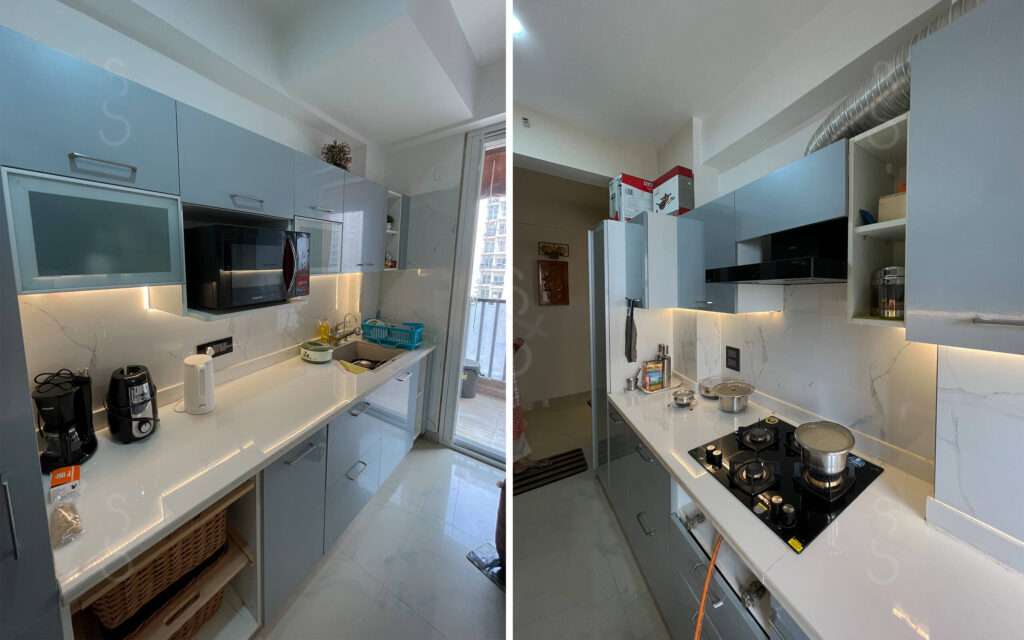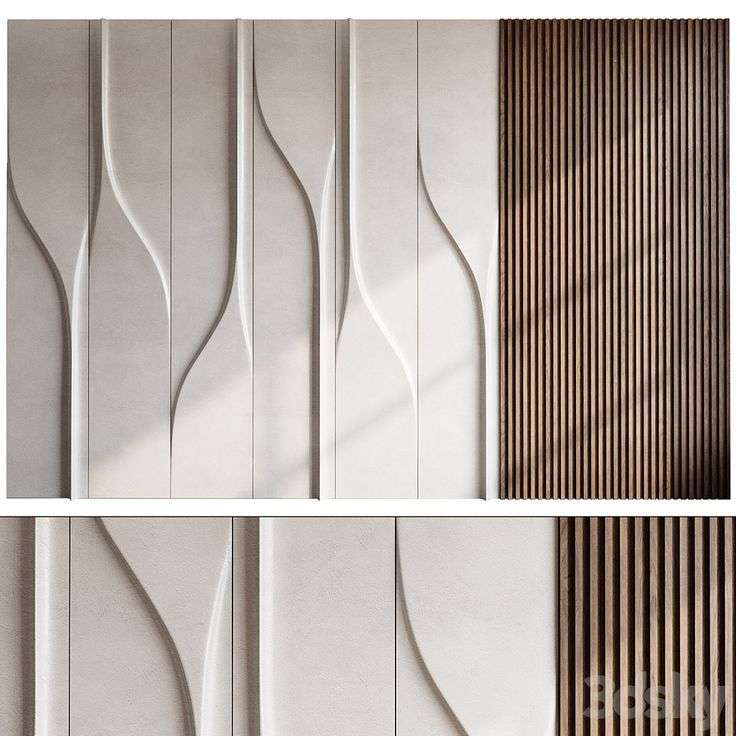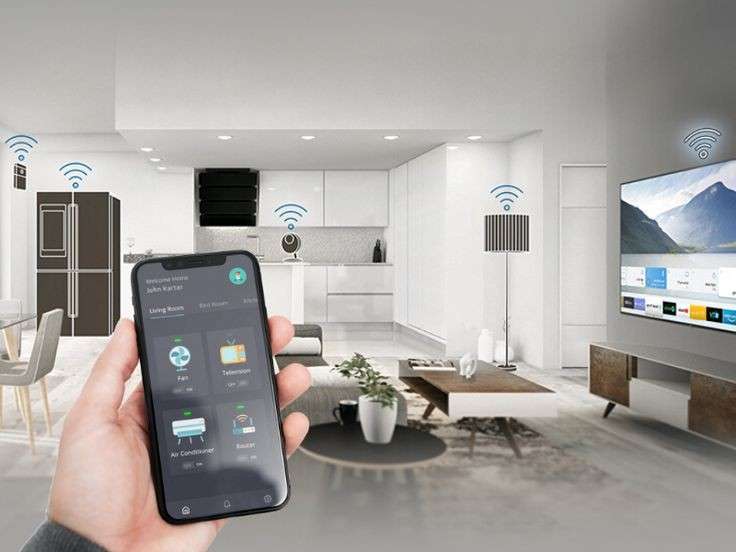
Introduction: Art Deco, an iconic design movement that emerged in the 1920s and 1930s, is known for its bold geometric shapes, luxurious materials, and vibrant colors. This style exudes glamour, sophistication, and a sense of modernity, making it one of the most influential design movements of the 20th century. From architecture to interior design and fashion, Art Deco left an indelible mark on various industries, creating an enduring legacy that continues to inspire today.
In this blog, we’ll dive into the world of Art Deco design, exploring its history, key characteristics, and how you can incorporate its opulent elements into modern interiors. Whether you are fascinated by its geometric precision, rich materials, or timeless elegance, Art Deco offers something truly unique to any design enthusiast.
What is Art Deco Design?
Art Deco is a design style that emerged in France before World War I and reached its peak in the 1920s and 1930s. It represented a departure from the more ornate and intricate designs of the previous era, embracing streamlined shapes, symmetry, and the use of luxurious materials. Art Deco celebrated modernity, technological advancements, and the exuberance of the Jazz Age, making it a perfect representation of the optimism of the early 20th century.
The style is characterized by its blend of fine craftsmanship and industrial materials, with influences drawn from diverse sources, such as Egyptian, African, and Aztec art, as well as modern machine-age aesthetics.
Key Characteristics of Art Deco Design:
- Geometric Patterns and Symmetry: Art Deco is perhaps best known for its bold geometric patterns, including chevrons, zigzags, and stepped forms. These sharp lines and symmetrical shapes were inspired by the clean lines of modern architecture, as well as the decorative arts.
- Examples: Triangular patterns, sunburst motifs, and fluted or striped designs are commonly seen in Art Deco furniture, architecture, and even in decorative items like mirrors, lamps, and rugs.
- Luxurious and Exotic Materials: One of the most defining features of Art Deco is its use of opulent, high-quality materials that evoke a sense of luxury and glamour.
- Metals: Chrome, stainless steel, brass, and gold leaf are commonly used in both architectural details and furniture. Polished finishes on these metals create a sleek, reflective surface that gives a sense of sophistication.
- Wood: Fine woods, such as ebony, lacquered walnut, and rosewood, were used for furniture, cabinetry, and paneling. These materials were often combined with inlays of ivory or mother-of-pearl.
- Glass and Mirrors: Art Deco makes use of mirrored surfaces, frosted glass, and glass blocks to reflect light and enhance the luxury of a space. Colored glass, especially in shades of amber, blue, and green, is also a key feature.
- Marble and Stone: Luxurious stones like marble, onyx, and jade were often used for flooring, countertops, and decorative objects.
- Bold and Rich Colors: Art Deco interiors feature a palette of rich, vibrant colors, often contrasting with dark tones to create a dramatic effect. Bold hues such as emerald green, deep blue, ruby red, and gold are commonly paired with neutral tones like black, white, and silver.
- Color Combinations: The contrast of dark colors with metallic gold or silver creates a striking visual impact, while accent colors are often used in furniture and decor to add vibrancy.
- Streamlined, Sleek Shapes: Unlike the more intricate and ornamental designs of earlier periods, Art Deco embraces clean lines, symmetry, and streamlined forms. Furniture and architecture often feature straight lines, angular shapes, and rounded corners, giving the style a sleek and modern look.
- Furniture: Iconic Art Deco furniture includes curved sofas, angular armchairs, and low-profile tables with clean lines. The emphasis is on form and functionality, with decorative detailing added through finishes and materials.
- Decorative Detailing: Art Deco is known for its lavish, decorative elements, including lacquered surfaces, stylized motifs, and the use of bold patterns. The design combines functional pieces with ornamental accents that celebrate craftsmanship and artistry.
- Motifs and Symbols: Popular motifs include stylized floral patterns, animal prints, and representations of speed and movement, such as sleek lines evoking the shape of airplanes, trains, and automobiles. These motifs reflect the era’s fascination with modern technology and luxury.
- Lighting as a Focal Point: Lighting plays a crucial role in Art Deco interiors. Decorative light fixtures, including chandeliers, sconces, and table lamps, are often made from materials such as chrome, glass, and crystal, and feature geometric or abstract designs.
- Iconic Fixtures: Art Deco chandeliers are typically bold and symmetrical, with cascading geometric patterns or fluted glass. These statement pieces draw attention and enhance the grandeur of the space.



